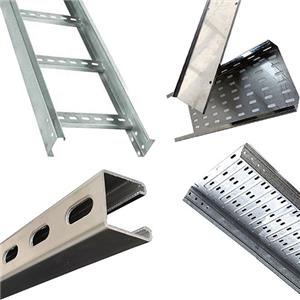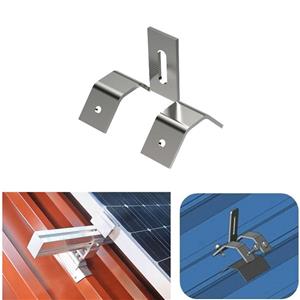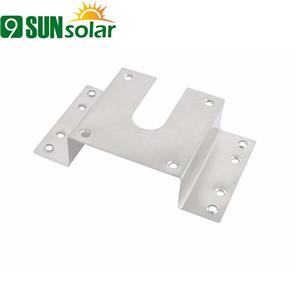Solar Cables: The Unsung Heroes Powering Our Solar Future
As the renewable energy revolution gains momentum, solar power has emerged as a shining star in the quest for clean, sustainable electricity. Yet, beneath the sleek surface of every high - performing solar panel setup, there lies a humble yet indispensable component: solar cables. These specialized wires are the silent workhorses of solar energy systems, quietly transferring the power harnessed by solar panels to inverters, batteries, and eventually to the grid or our everyday devices. Let’s take a closer look at these essential cables, exploring their unique characteristics, various types, numerous benefits, and wide - ranging uses.
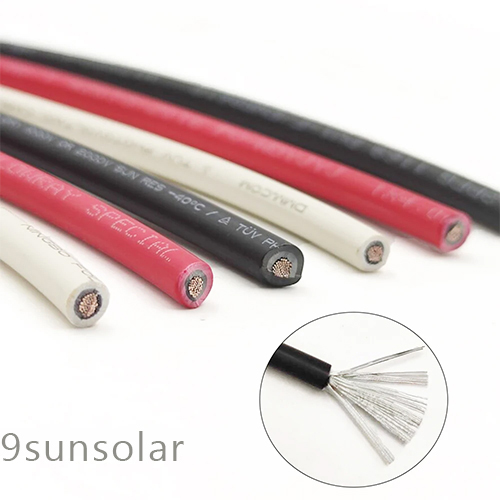
The main job of solar cables is to carry the direct current (DC) electricity produced by solar panels. Since solar panels generate DC power, which then needs to be converted into alternating current (AC) by inverters for use in our homes and businesses, these cables must efficiently transmit DC electricity with as little power loss as possible.
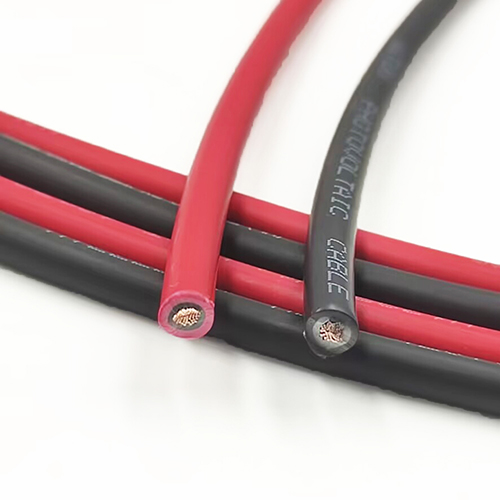
1.PV (Photovoltaic) Module Cables: These cables are like the connectors that link individual solar panels together, forming strings or larger arrays. They are usually thin in diameter and are designed to handle the low - voltage, high - current output of single panels. You’ll often find that PV module cables come pre - attached to solar panels when they leave the factory, complete with connectors (such as MC4 connectors) that make joining them together easy and secure.
2.DC Link Cables: These cables act as the bridge between the solar panel arrays and the inverter. They have to carry the combined DC power from multiple panels, so they are thicker than PV module cables and can handle much higher currents. To keep them safe from damage, DC link cables are often placed in protective conduits or buried underground.
There are also AC cables used in solar systems. These carry the AC power from the inverter to the electrical panel or the grid. While they aren’t strictly called “solar cables,” they are a key part of the system and must work well with the inverter and meet local electrical standards.
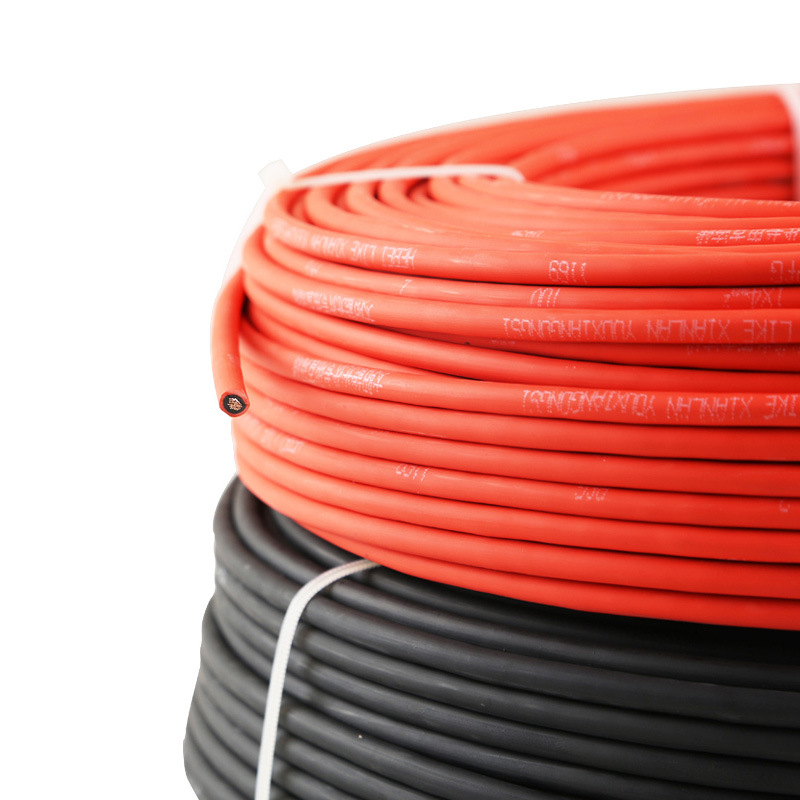
Weatherproof: They are built to stand up to extreme temperatures, from freezing cold to scorching hot. They can also resist UV radiation, rain, snow, and humidity, ensuring they work reliably outdoors for many years.
Durable: Made from strong materials, solar cables can withstand being scratched, exposed to chemicals, and put under mechanical stress. This means they are less likely to get damaged during installation or over time, reducing the need for frequent replacements.
Minimal Power Loss: The high - quality conductors in solar cables have very low electrical resistance. This means that when electricity is transmitted through them, very little power is lost. This helps to make the solar power system as efficient as possible, ensuring that more of the electricity generated by the panels is used or stored.
Flexible: Even though they are tough, solar cables are flexible. This makes them easy to install in tight spaces or around obstacles, and it also lowers the risk of them getting damaged during installation.
Long - Lasting: With proper installation and regular maintenance, solar cables can last for 25 years or more – just as long as most solar panels. This long lifespan helps to keep the solar system cost - effective over time.
Residential Solar Systems: In homes with rooftop solar panels, solar cables connect the panels to the inverter (which is usually in the garage or basement). They also link the inverter to the home’s electrical panel, allowing the solar - generated electricity to power all our household appliances.
Commercial and Industrial Solar Installations: Large solar arrays on commercial buildings, warehouses, and factories depend on solar cables to connect thousands of panels. These systems often need long lengths of DC link cables to connect the arrays to central inverters.
Ground - Mounted Solar Farms: The huge solar farms that cover large areas of land use extensive networks of solar cables to connect the panels to inverters and transformers. Burying these cables underground helps to save space and protect them.
Portable Solar Systems: Small, portable solar devices like solar chargers, camping solar kits, and RV solar systems also use solar cables. These cables are light and flexible, making them easy to carry around. They connect the panels to batteries or charging devices.

